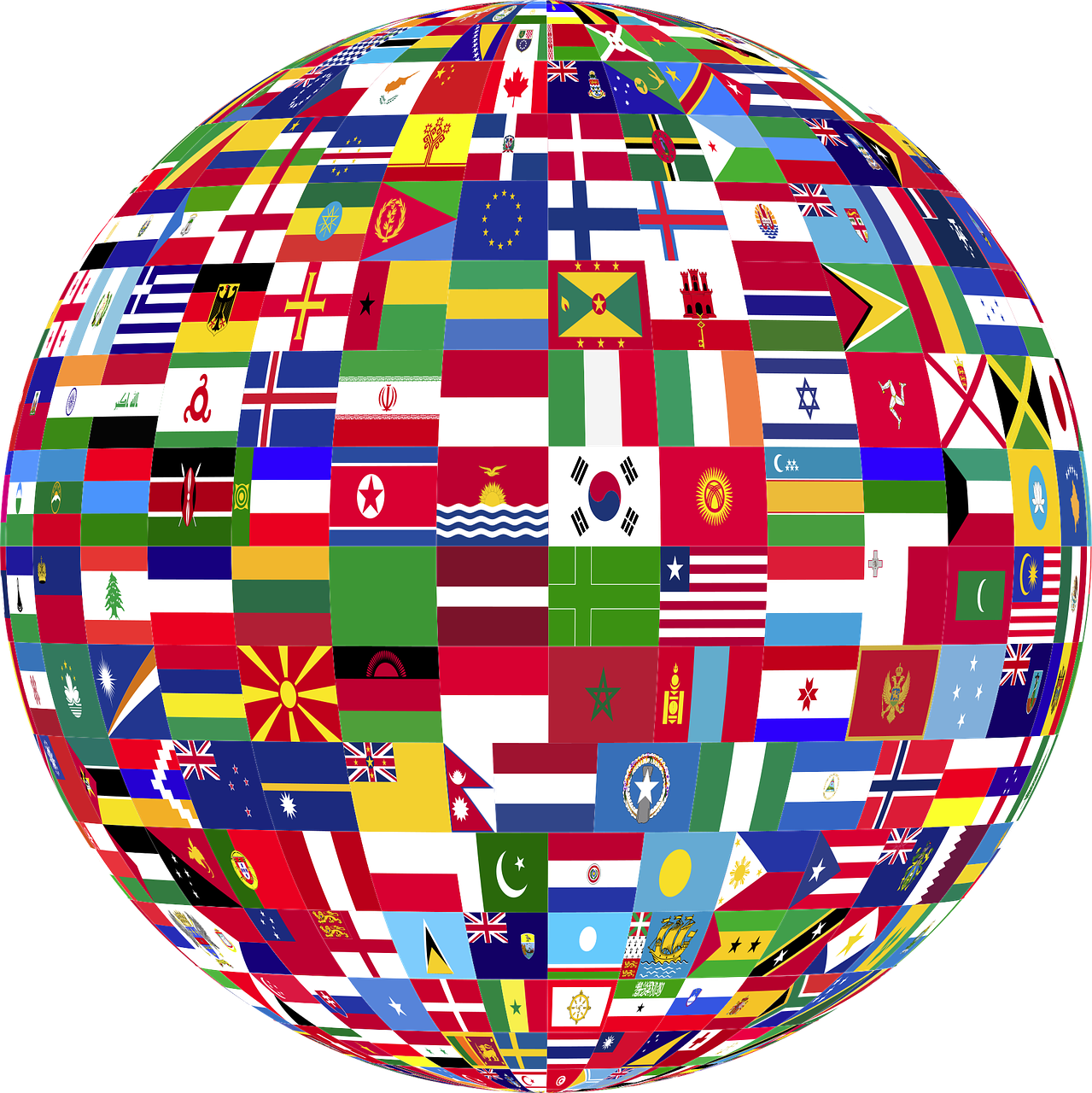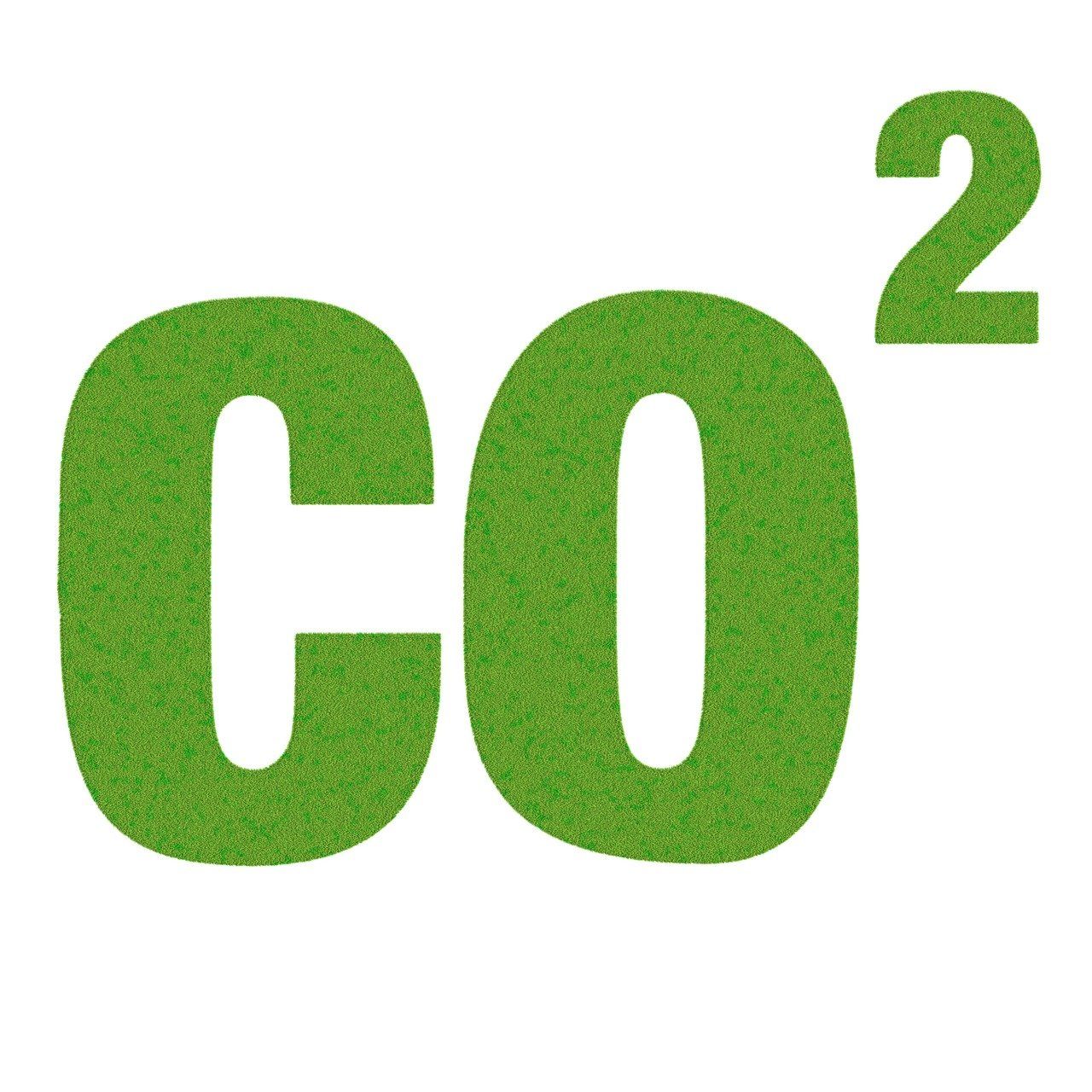Machine translation has been around for several decades, but only in recent years have major advances been made in this field...
(The German blog entry is the original version, this rendering has been translated with www.DeepL.com/Translator (free version) without post-editing)
In neural machine translation (NMT), for example, attempts are being made to reproduce the brain's networks and thought processes, sometimes with great success. Compared to earlier systems such as statistical or, even earlier, rule-based machine translation, the results are now often amazingly good and are used, for example, to save time or costs. Even professional translators use them again and again for support.
My impression is that acceptance in the translation industry is very different:
The spectrum ranges from complete rejection - "such a complex task can only be entrusted to a human being" - to inclusion as a basis - "can be used as a means to obtain usable results, but they absolutely must be carefully checked afterwards" - to equating it with human translation - "so good that it can be passed on to the end customer more or less unchecked, because the systems are actually quite advanced and by now everything has also been translated before, there is no need to reinvent the wheel".
Which approach to take depends on the nature of the texts to be translated, the quality requirements and the usage. Without a doubt, a human should still be involved in the workflow at present to achieve the best results. Machine translation has its limits, especially because of the quality requirements or the type of text, for example, if it is a specialised field with rarely used terminology or for advertising texts where a lot of creativity is required. The work required to bring the translation up to a professional standard (so-called "post-editing") is often more akin to a new translation.
For example, I am aware of the following areas that can lead to errors and problems with machine translations:
List of Services
-
ContextList Item 1
Machine translation can only take the context into account to a very limited extent. Terminology is usually context-dependent, and a machine is not in a position to judge, e.g. through research or many years of experience in the subject area, which of the available translations really fit.
-
Sources of machine translationList Item 2
They come from extensive corpora that are filled with existing translations that were ultimately also created by humans. These translations therefore also contain errors and inconsistencies.
There are generic "MT engines" such as Google or DeepL, which are very extensive and have a variant expression to get as close as possible to natural language. The results are accordingly inconsistent in style and terminology. One can use one's own "MT engine" to train them stylistically and terminologically, but this requires a lot of time and large data sets.
Texts that have been machine translated do not always remain confidential because they are often stored on foreign servers where they can be used by other users.
-
Quality of the source textsList Item 3
The source texts also play a role, as they may contain errors, clumsy phrasing, incomplete sentences or inconsistencies in wording and terminology that can be picked up or misinterpreted by the machine (e.g. fragments of sentences or headings resulting from scanning or lack of experience in document creation). Here, there is nothing left but a human check during translation (similar to context).
-
StyleList Item 4
Because translations in large datasets come from different people, style varies widely, which can lead to inconsistencies and different levels of language. This requires extensive editing afterwards to ensure a consistent style.
Case study:
The key account manager of a translation agency asked me in June 2021 if I would be willing to participate in a study on machine translation. The subject of this study was a project in the technical/commercial field in which I had been involved for over ten years (a large online shop for motorbike accessories and other (lifestyle) items).
We came to the conclusion that the use of machine translation as a means of cost reduction would have led to considerable quality losses in this case. The time required to bring the machine-translated texts up to the standard of a human translation would have been more or less equivalent to that of a new translation.
In summary, this can be attributed to the amount of exceptions that cannot be taken into account by a programming logic.
Specific examples:
Abbreviations
"SCHW" for "SCHWARZ" was translated by the machine as "SW", "GR." for "GRÖSSE" was translated as "GR.". I.e. the machine cannot take the context into account and finds corresponding translations in the database that will not be correct from the outset.
Advertising copy
"Wie siehst du das?", has been translated as "How do you see that?". The meaning of the source text, however, is not "How do you see that?" but "What do you think about that?"
„Custombike, was translated as "custom bike that scares everyone else on the rhinestones". Here the translation was completely off and the sentence had to be completely revised.
„Zeig allen andern stylish deine Krallen… mit dem ‚Tigers‘ T-Shirt.“ was translated as "Stylishly show everyone else your claws with the 'Tigers' T-shirt...", which is too literal a translation, and some thought needs to be put into this to appeal to English-speaking readers to a similar degree, e.g. "Stylishly show everyone you are no pussycat...", which sounds much more idiomatic.
Conclusion
Machine translation can reduce costs and speed up translations. However, the interrelationships are complex and to achieve good results, the client's ideas must be discussed in detail to find out whether they can be achieved. For this, an experienced language expert is indispensable. One has to create a completely different workflow and terminology management must also be carefully planned. Otherwise, the costs for the necessary corrections will accumulate over time and may even overtake the original cost savings. Whatever "strategy" is chosen for the task at hand, the translator must always make his position clear, in terms of his professional integrity and solidarity with his fellow translators, especially when clients try to drive down prices - namely that a machine translation is only as good as the people who use it. Ultimately, however, the quality of the results comes first.








